Metal Fabrication and Machine Shop Manufacturing Trends for 2018
For 2018, there are several trends that are developing in the metal fabrication and machine shop manufacturing industry. In order to remain competitive and have a successful operation, it is worth your time to review the following trends and determine which of these could have an impact on your business, earnings, and revenues.
- “Smart” Metalworking Machinery
The Internet of Things (IoT) is not limited to consumer goods and households. Metalworking machinery is starting to feature “smart” technology enhancements to improve production processes. This trend is going to continue as IoT technologies continue to advance and machine learning improves.
For instance, a “smart” band saw would be able to save your most frequently used cuts. When you needed to perform one of these, instead of having to set up the machine, you would simply choose it from the list, and the machine would automatically adjust to those settings.
- Virtual Reality (VR) and Augmented Reality (AR)
VR and AR technologies continue to move ahead. These technologies allow you to develop and create finished goods in a virtual setting. You can set parameters to see how various factors could affect output, such as changes in humidity or temperature levels inside the facility.
You can also experiment with post-production features, like durability, to pre-determine the quality of your finished goods before they are even produced. In addition, these technologies can help reduce errors, improve quality, lower production costs, and increase productivity.
- Robotic Automation
The use of automation and robotics is nothing new in manufacturing. As technologies have advanced, so, too, have the types of tasks robots can perform. Robots can take the place of a human worker to complete hazardous and dangerous processes, while a human worker safely oversees the production process. The use of robotic automation will also help increase productivity and shorten job run times, improving the overall efficiency of the business.
- 3D Metal Printing (Additive Manufacturing)
Traditional machine shops and metal fabricators used to take raw metals and transform them into new products by shaping, bending, cutting, welding, and performing other such processes. 2018 will see 3D metal printing to continue to grow within the industry. These machines produce finished goods by slowly adding layer after layer of metal during the printing process.
The benefit of additive manufacturing is that the technology allows for complex and complicated pieces to be produced. At the same, overall waste is reduced because only the materials required to create the finished product are used.
- New Regional Market Opportunities
Metal fabricators and machine shops will start to notice newer regional market opportunities. As production costs decrease and output increases, there is no need for businesses to source finished goods from overseas. Rather, they will be looking locally and regionally for suppliers.
These trends could benefit your business this year and into the future, as long as you start implementing now. To learn more about the latest metalworking machinery and equipment for your business, please feel free to contact Quantum Machinery Group at (909) 476-8007 today!
Women in Metalworking Machinery Manufacturing
When you think about metalworking machinery manufacturing, you might picture this industry as being a “males-only” industry. However, you would be sadly mistaken. While, indeed, there are more men that work in this particular industrial segment, women still make up a decent percentage of workers.
In fact, women started getting into manufacturing back during World War II (WWII) when men were being drafted for the war effort. Women started taking over many of the positions previously held by men. Globally, there was a significant increase in the number of women working in manufacturing from the period between 1940 through 1943.
Even Queen Elizabeth II did her part. She joined the UK’s armed forces and worked as a mechanic repairing military vehicles and was also a military truck driver! Here in the United States, “Rosie the Riveter” became an iconic image that promoted women’s roles in manufacturing during WWII.
Many women worked in factories building airplanes, military vehicles, and automobiles. Other women worked in machine shops as machinists producing related parts and components. While the dominance they established during WWII declined after the war, many women continued to work in manufacturing.
Today, women still make up around one-third of the workers in manufacturing. In fact, they have held steady at this rate since the 1970s, with little change. Some women have even started their own metal fabrication and machine shops!
What the Future Holds for Women
As technologies continue to advance, women will need to adapt just like their male counterparts. This means pursuing educational opportunities in computer programming, industry-specific software applications (i.e., CAD, CAM, etc.), and ongoing training to ensure they can operate advanced machinery.
The younger generation of women that is considering entering the metalworking industry needs to focus on STEM (Science, Technology, Engineering, and Math) coursework and related degree programs through trades schools and universities.
Women will be important to fill gaps being created as technologies continue to advance. Even as artificial intelligence (AI), robotics, and other automation continue to grow in manufacturing, the demand for skilled workers to operate the AI, robots, and machines will also continue to increase.
If the United States hopes to compete globally with other metalworking businesses, they will need to adapt by hiring more women. In fact, U.S. trade schools, universities, and businesses in metalworking manufacturing have started to take more of an interest in recruiting women and encouraging them to pursue careers in this field.
Just in two short years, schools have seen a jump in young women’s interests in going into manufacturing. In 2015, only 12% of women were actively working toward a career in manufacturing. Now, in 2017, this has grown to 29%. It is expected the rate will continue to grow over the next decade and could potentially reach as high as 50%.
Here at Quantum Machinery Group, we applaud women already working in manufacturing, and those women actively working toward a career in metalworking. For all of your metalworking machinery and equipment, please feel free to contact us at (909) 476-8007 today!
Sources
- https://en.wikipedia.org/wiki/Women_in_World_War_II
- https://en.wikipedia.org/wiki/American_women_in_World_War_II
- https://www.census.gov/newsroom/blogs/random-samplings/2017/10/women-manufacturing.html
- http://www.themanufacturinginstitute.org/Initiatives/Women-in-Manufacturing/~/media/3B9BF94AEF0A46A5B755D17F1F1336BC.ashx
Protecting Yourself from Flying Metal Particles
Quantum Machinery Group presents safety tips and precautions you should take when working with different metals to protect yourself and reduce risks of injuries.
Working with metalworking machinery requires taking certain precautions to protect yourself from flying metal particles. Specific areas of the body should be protected including the hands, arms, face, and eyes, as well as other areas of the body. Before discussing various bodily risks, your work wear is just as important as personal protection equipment (PPE).
You should never wear loose-fitting clothes around machinery and equipment that could potentially get caught in moving parts and components and which would result in serious bodily injuries. This also includes employee identification lanyards and neck ties, as these items can swing freely and could accidentally get caught in the machine.
Metal particles of all sizes can contain sharp points and edges. When they become airborne, the amount of force can cause the particles to puncture into different parts of the body without the proper PPE.
Eye Protection
One of the most common types of workplace injuries that could occur without any protection is an injury to one or both eyes. Metal particles can puncture the outer eye as well as get trapped in between the eyelid, resulting in scratched and damaged retinas. Always make sure to wear the right type of safety glasses or goggles to protect your eyes.
Face and Head Protection
There are different types of face masks, hard hats, and other PPE which can reduce the risks associated with flying metal particles.
Hand Protection
When working close to moving parts and components, you want to ensure the hands are protected from metal particles. It is important to choose the right type of work gloves that provide the right protection based upon the type of work being performed. Some gloves are not recommended because they make operating the machinery and handling materials difficult.
Arm and Upper Body Protection
It is a good idea to wear long-sleeved shirts to protect the arms from accidentally cuts and scrapes from flying metal particles. Coveralls or shop coats would be suitable PPE alternatives to ensure the arms and upper body were sufficiently protected.
Lower Body and Legs
Thick jeans or industrial pants should provide protection from most types of flying metal particles. However, in environments where there is a large number of particles being created, coveralls should also be worn to provide an added layer of protection.
Feet
Let’s not overlook the feet because they also need protection, depending on the angle and direction the particles are being emitted from the machinery. Quite frequently, the particles are ejected downward toward the feet. Thick steel-toed work boots are recommended in many working environments as they provide the necessary protection.
Last, prior to starting work on any type of metalworking equipment or machinery, review the safety precautions and required PPE needed to operate the machine. Never, under any circumstances, enter a production or work area without the proper PPE.
For information on the latest metal fabrication and machine shop machinery and equipment, feel free to contact us, here at Quantum Machinery by calling (909) 476-8007 to speak with one of our sales engineers today!






